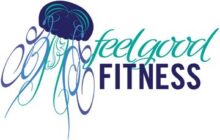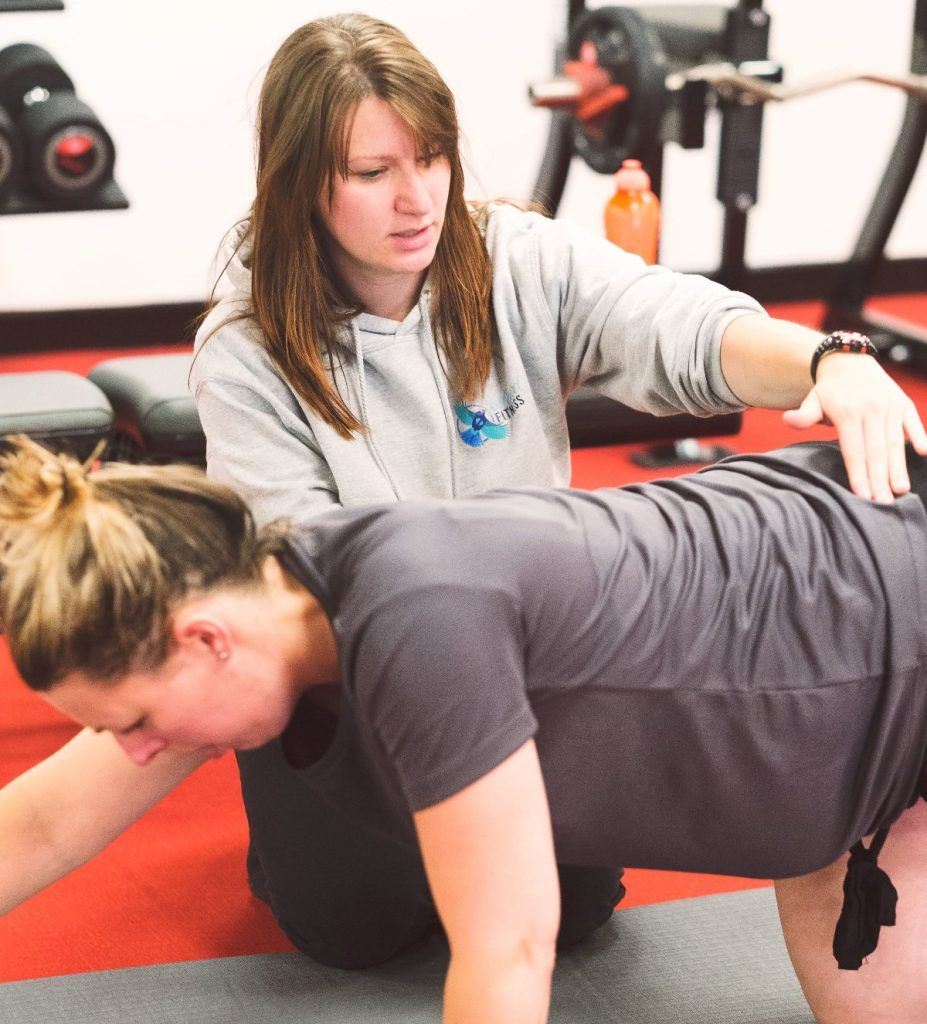The Benefits of doing Pilates in Pregnancy
There are many, many reasons to continue or take up pilates during your pregnancy, its one of the few exercise systems that can have real benefits through each stage of pregnancy, labour and postnatal periods. Its easy to adapt the movements and still reap the benefits.
Why Pregnancy Pilates?
Some of the many benefits include;
- It helps to keep the pelvic floor and deep abdominals working and strong
- It helps with keeping your breathing muscles long and lengthened
- Your glutes will stay stronger
- It allows your spine to stay more mobile
- Improves and supports posture
- Its not stressful on the joints
- Can encourage a more optimal position of the baby
- Will help you recover in the early stages of post birth
There are of course many more but these are some of the main ones.
The Pregnant Body
To accommodate a growing baby, our bodies need to change and adapt. Different hormones will rise and fall, allowing our joints to change. The ribs will eventually be pushed up and out to allow the shift of the organs going up and back towards the spine. This is why you can’t eat as much, get reflux and seem to be hard of breathing! The ligaments in the body will soften. allowing the pelvis to widen when it comes to birth, but this isn’t exclusive to the pelvic and effects all the joints in the body.
During pregnancy the pelvic floor has to support the growing baby and the abdominals are put on a permanent stretch as the baby grows. At 30plus weeks they also separate to allow this growth to continue.
Our posture would also have changed to accommodate the shift in gravity due to the growing baby, this usually presents it’s self as a bigger low back curve. Feet can flatten and widen, calves tighten and shoulders become tense.
Needless to say it takes a bit of a battering!
The consequences of relaxin
The hormone that allows this soften if you like is called relaxin. It is present in our bodies before pregnancy and increases after ovulation during the second half of a our menstrual cycle. It is though it helps the wall of the uterus to relax and prepare for pregnancy. During pregnancy the levels slowly increase, peaking in labour.
However, this increase in the hormone, can for some women make certain joints more vulnerable to pain. There maybe a risk of developing pelvic girdle pain (PGP) or pubic symphysis dysfunction (PSD), which is where the joints in the pelvis can start to move too much causing pain and discomfort. This can present itself around the front or back of the pelvis, pubic bone, side of the hips and into the buttocks.
Not only that but some women report that their feet will become wider and longer. This is again due to the increase in relaxin plus the extra weight during pregnancy.
Some also report that they feel ‘looser’ or ‘less stiff’. This can actually have a positive effect for some, whereas for others they may have to be little more careful of over stretching the joints.
What can Pilates help with?
Taking into consideration all the changes mentioned above, Pilates can certainly help to manage and improve some of these.
To help support the ligaments and changing body, we need our muscles to be strong and be able to support the joints. But we just don’t need big strong muscles, we also need small ones to help support us and control our movements and this is where Pilates comes in.
Pilates will help to strengthen and lengthen where your body needs it. By working the glutes, we can help to support the pelvic and hips. Movements can be modified to help those with pelvic girdle pain as well. You can still work the abdominals by working at a lower level or changing the focus slightly. Most of the movements can be preformed in sitting, side laying or standing.
Because we are focusing on the smaller muscles, we will still be working your deep abdominals and of course your pelvic floor. The big benefit here, is that your pelvic floor will be worked in all different positions meaning it will actually be more functional than if you practised always sitting in a chair. This means it will be better at coping in different positions and will therefore be more likely to assist in labour and recover better postnatally. Obviously this can vary woman to woman, depending on their actual birth and any interventions, but if these muscles are strong and flexible they are in a much better position to recover.
The same can be said for the abdominals, if we can keep them working well and keep our posture in as best shape as we can, then we have a better chance of regaining the strength and the gap minimising afterwards.
Not just strength but length too
During your Pilates class or session you will not strengthen but lengthen the muscles too. This goes a long way to helping you stay pain free and creating a very stiff posture. It’s this stiffness and shortening of muscles can lead to increased back, neck and shoulder pain. Keeping the spine, waist and hips mobile can really go a long way to managing these.
Conclusion
Pregnancy pilates has many benefits. The main ones being it help you to keep moving well during your pregnancy and hep you to recover afterwards. You out the work in now to keep good habits and help to manage the changes your body goes through in each trimester.
Pilates is safe and very effective during each trimester and have real long lasting benefits.
Why not sign up to our postnatal pilates in Bristol, based within our little studio in BS4. Currently 9:30am Wednesdays? You can book your class here


